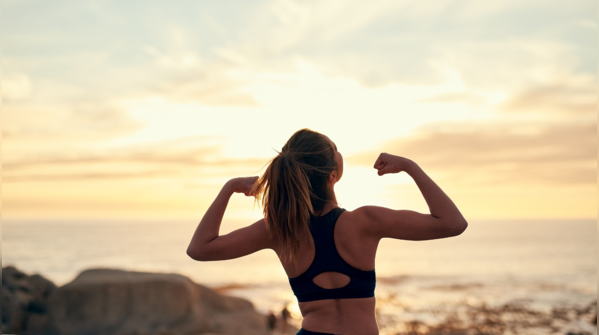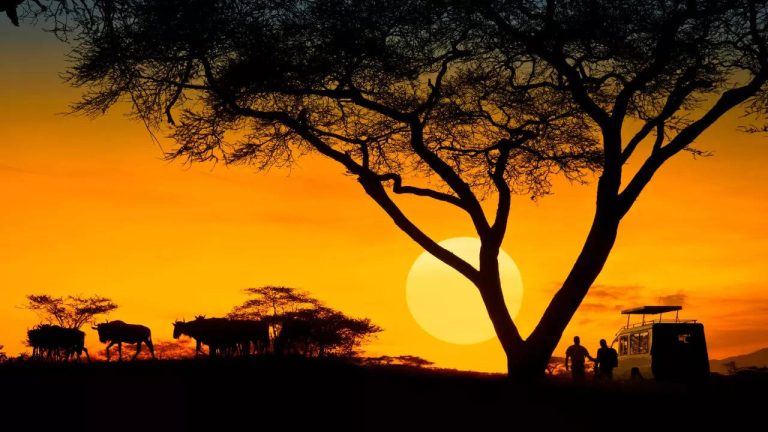Takeaways
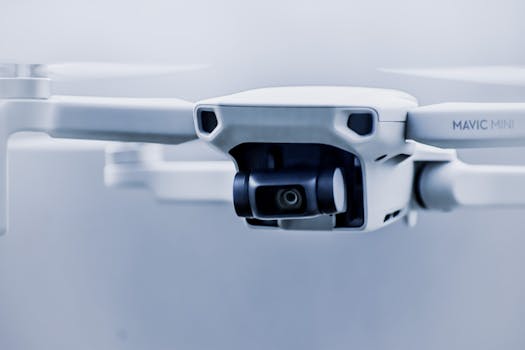
Introduction to Digital Cameras
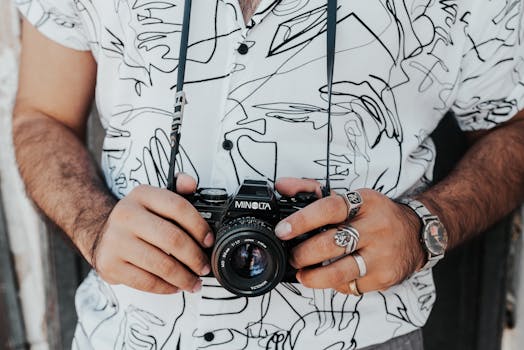
The Evolution of Digital Cameras
Digital cameras have transformed the way we capture memories. From early point-and-shoot models to sophisticated DSLRs and mirrorless systems, the evolution has been remarkable. Manufacturers continuously innovate to meet the demands of both amateur and professional photographers.
Current Trends in Digital Photography
As we move through 2023, several trends are shaping the digital camera landscape, including:
- Mirrorless Dominance: Mirrorless cameras are increasingly popular due to their lightweight design and advanced features.
- AI Integration: Many new models incorporate artificial intelligence to enhance image quality and automate settings.
- Video Capabilities: With the rise of content creation, cameras are now designed to excel in both photo and video quality.
- Connectivity: Built-in Wi-Fi and Bluetooth are becoming standard, allowing for easy sharing and remote control.
Top Digital Cameras of 2023

1. Canon EOS R6 Mark II
The Canon EOS R6 Mark II is a powerhouse for both photography and videography. With a 20MP full-frame sensor, impressive low-light performance, and 4K video capabilities, it is perfect for versatile shooting.
- Key Features:
- 20MP Full-Frame CMOS Sensor
- ISO Range: 100-102400
- 20 fps Continuous Shooting
- In-body Image Stabilization
- Dual Pixel AF II
- Pros: Excellent autofocus, great image quality, and robust build.
- Cons: Limited battery life for video recording.
2. Sony Alpha 7 IV
The Sony Alpha 7 IV continues to be a favorite among professional photographers. With its newly developed 33MP sensor, it offers stunning detail and dynamic range.
- Key Features:
- 33MP Full-Frame Exmor R Sensor
- 10 fps Continuous Shooting
- 4K 60p Video Recording
- Real-time Eye AF for Humans and Animals
- Fully Articulating Touchscreen
- Pros: Exceptional image quality, versatile video features, and extensive lens compatibility.
- Cons: Higher price point compared to competitors.
3. Nikon Z9
The Nikon Z9 is a flagship model designed for professionals who demand the best. It boasts an impressive 45.7MP sensor and offers stunning performance in challenging conditions.
- Key Features:
- 45.7MP Full-Frame Sensor
- 20 fps Raw Shooting
- 8K Video Recording
- Advanced AF System with 493 Points
- Robust Weather-Sealed Body
- Pros: Outstanding image quality, robust build, and excellent autofocus system.
- Cons: Large and heavy compared to other models.
Choosing the Right Digital Camera
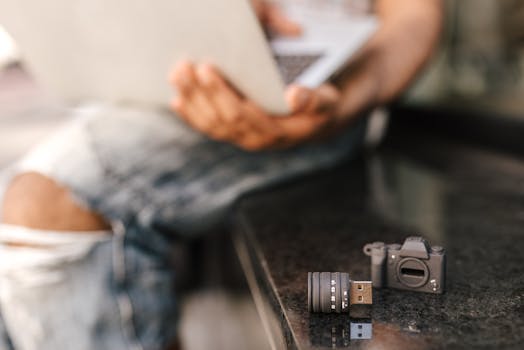
1. Determine Your Photography Style
Understanding your photography style is crucial. Are you focused on landscapes, portraits, or wildlife? Different cameras excel in various areas, so it’s vital to choose one that aligns with your interests.
2. Budget Considerations
Digital cameras come in a range of prices. Determine your budget and consider not only the camera body but also lenses and accessories that may be needed.
3. Sensor Size
Sensor size affects image quality, depth of field, and low-light performance. Full-frame sensors typically provide better quality but come at a higher price.
4. Future-Proofing
With technology rapidly advancing, consider a camera that offers features you might need in the future, such as video capabilities or connectivity.
Conclusion
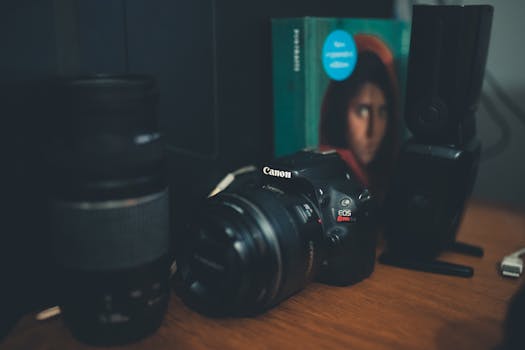
FAQs
1. What should I look for when buying a digital camera?
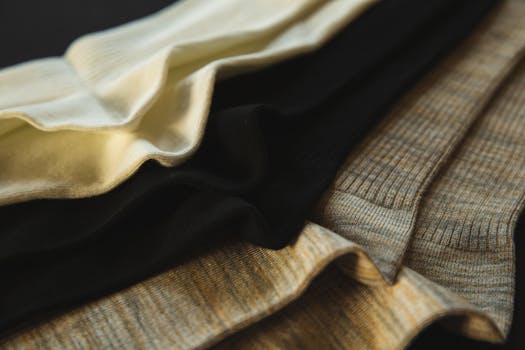
2. Are mirrorless cameras better than DSLRs?
Mirrorless cameras tend to be lighter, faster, and offer advanced video capabilities, while DSLRs have a longer battery life and a wider selection of lenses. It depends on your needs.
3. Do I need a full-frame camera?
A full-frame camera offers better image quality and low-light performance, but it may not be necessary for everyone. Consider your photography goals when deciding.
4. How important is video capability in a digital camera?
With the rise of content creation, video capabilities are becoming increasingly important. If you plan to shoot video, look for a camera that excels in this area.
5. What accessories do I need for my digital camera?
Essential accessories include lenses, a tripod, extra batteries, memory cards, and a camera bag. Depending on your photography, you may need additional gear.

